PrAACtical Teaching in the ASD Classroom: Shared Reading
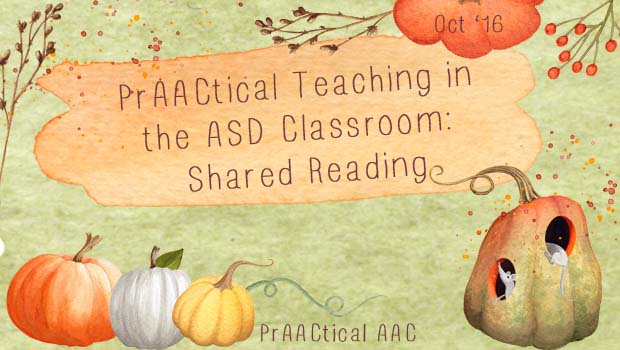
We are pleased to have a return visit from special educators Lauren Pawlowski and Amy Devin with ideas for supporting AAC learners in the classroom. Amy and Lauren, who work in the public school system in Michigan , taught in resource rooms for years and have been teaching in self‐contained ASD elementary classrooms since 2009. At that time, there were few classrooms who were integrating core language instruction, but they didn’t let that stop them. Currently, they use manual communication boards, large instructional core boards, and individual AAC devices with their students. They are passionate literacy teachers and, in today’s post, tell us about their approach to shared reading lessons. Their video is chock full of tips to help you make these lessons successful. Enjoy!
, taught in resource rooms for years and have been teaching in self‐contained ASD elementary classrooms since 2009. At that time, there were few classrooms who were integrating core language instruction, but they didn’t let that stop them. Currently, they use manual communication boards, large instructional core boards, and individual AAC devices with their students. They are passionate literacy teachers and, in today’s post, tell us about their approach to shared reading lessons. Their video is chock full of tips to help you make these lessons successful. Enjoy!
Shared Reading: It’s Not What They Know, It’s What They THINK!
Happy Fall AAC users and facilitators! This month we would like to share some of our tips for stimulating language responses in shared reading. Shared reading is one of our favorite activities to engage our learners in to get a glimpse at what they are thinking about. So many of our learners are excellent labelers. If they have any literacy experience, it commonly looks like this, “Where’s the red balloon? Point to the red balloon.” These are basic directional commands about a picture. This is NOT the type of interaction we find useful for learners to understand text concepts or even engage in text in a meaningful way. Shared Reading is not a question and answer session for our learners. Our goal is language! What we want to do is help them make connections to the text, increase language, think about how text works, to engage in books and love being read to. We have five simple strategies that we have found to be helpful in guiding our learners through the process of shared reading.
- Choose an engaging book
You know your kids. Pick books that you know are high interest to your learners. These should be books with limited text at first. You don’t want to lose them in the language before you even start. Different books motivate different learners. Make sure you are using a variety of texts and genres to ensure that you have reached every learner. Put enough of yourself into the reading of the book so that learners are going to WANT to be a part of it. If you are not passionate about reading, your learners won’t be either.
- Prepare
In shared reading it is essential to make a comment on every page and invite responses from your learners with each comment. This is very different from guided reading where interrupting the text on every page would inhibit comprehension. Remember our goal of Shared Reading is engagement and language, not Q& A and labeling. One way to get yourself ready is to use sticky notes to decide what you are going to comment about on each page using core “It go up!” “I like.” Having this ahead of time ensures that you are using a variety of core words in your comments and that students are seeing good modeling. Beware of using same or similar comments on every page, as many learners pick those phrases up and do not learn how to use language flexibly.
- Expanding MLU
Use core to help scaffold language. When a learner gives you one word, push for two. If a learner says “car!” you can help them expand their MLU (mean length utterance) to “car go” or “car stop.” You can use visual space holders for words to show your learners you need another word.
- Tell Me More
Two of our favorite phrases in our classroom are “Tell me more,” followed by “Something different.” Tell me more indicates to our learners that we EXPECT more and know that they are capable. Something different lets them know they can’t repeat the same word or initial response. They also cannot repeat us, or the person before them with the same comment. We want authentic thought and to know how THEY are connecting to the text.
- Go With It
Your Shared Reading experience may lead you down a rabbit hole you had no intention of visiting. Jump in! Some of our best Shared Reading experiences with our learners were student led. Honor every response. A learner may say “mom” and you may not see a mom in the book, but you can assume competency and attribute meaning to that comment. “Yes, maybe mom packed their lunch.” This honors all of their responses and makes every learner successful.
We hope these strategies are helpful in incorporating core into a shared reading model. It can be awkward at first, as you are learning the locations of core words and switching the mind frame of shared reading being a time to make comments and connections. We promise that the more you do shared reading with core, the better you will get; and more importantly, the more competent your learners will get as well. Happy reading!
You can see some of their earlier posts here.
Filed under: Featured Posts, PrAACtical Thinking
Tagged With: ASD, education, implementation ideas, shared reading
This post was written by Carole Zangari

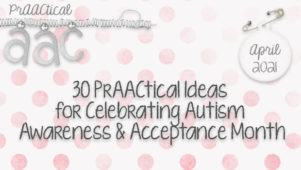
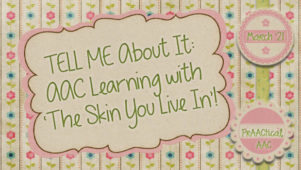
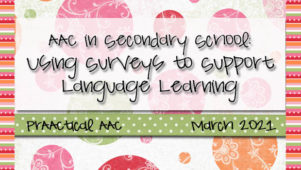
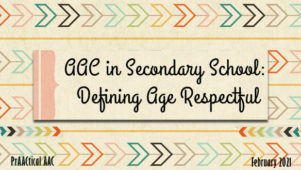
3 Comments
Absolutely loved this post. Easy to understand, informative, nice layout. I showed this to a friend that know nothing about teaching. She said” I think I even understand what they’re trying to say!”
Thanks for the feedback, Roberta. I think most of us really appreciate hearing from colleagues who do this work every day, and when they can explain what makes it all work in a clear, engaging fashion, that’s even better!
I have two questions…first, how did you make the wall where your core board is hanging?? Is if flannel? and how did you attach to painted cement walls?? I love it!!
Also, what program is the CORE board from? I would love to incorporate shared reading, but not sure where to start to get the appropriate PECS to make a CORE board. I assume I can ask my Speech Pathologist in our district, but was hoping you could also help. Thanks so much! Great post!